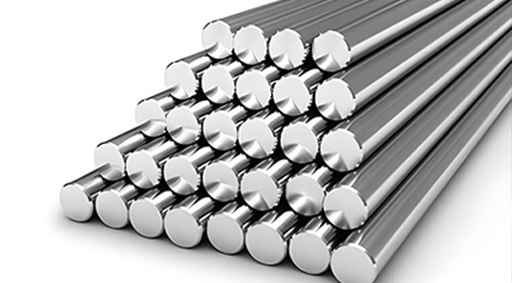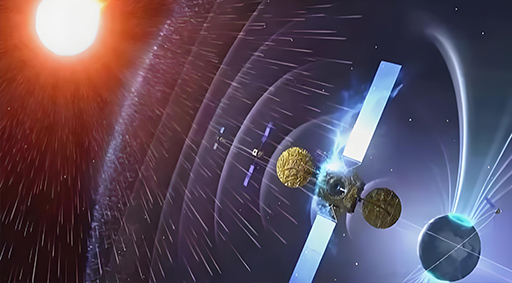Cavity bandpass filters can be used in space applications, but they require special considerations due to the harsh space environment. Here are the key factors to address:
1. Material Selection & Thermal Stability
Low Outgassing Materials: Space-grade materials (e.g., Invar, titanium, or specially coated aluminum) must be used to minimize outgassing in vacuum, which could contaminate sensitive optics or electronics.
Thermal Expansion Control: The filter must maintain performance across extreme temperature swings (e.g.,150°C to +150°C). Materials with matched coefficients of thermal expansion (CTE) should be chosen to prevent mechanical deformation.

2. Vibration & Mechanical Robustness
Must survive high launch vibrations (typically 10–2000 Hz, 10–20 G RMS).
Reinforced structures or damping mechanisms may be needed to prevent microphonics or detuning.
3. Radiation Hardness
Some dielectric or ferromagnetic materials can degrade under ionizing radiation.
Radiation-resistant coatings or materials (e.g., alumina, sapphire) should be considered.

4. Vacuum Compatibility
No organic adhesives that could outgas; instead, use brazing or welding.
Avoid trapped volumes that could cause pressure differential issues.
5. Frequency Stability & Tuning
Thermal shifts can detune the filter; temperature compensation (e.g., using dielectric rods with opposite CTE) may be required.
Some missions may require tunable filters (e.g., piezoelectric actuators) for adaptability.
6. Insertion Loss & Power Handling
Minimize loss (critical for weak signals in deep space comms).
High-power applications (e.g., satellite transmitters) may need enhanced heat dissipation.
7. Testing & Qualification
Thermal Cycling: Verify performance across mission temperature ranges.
Vibration Testing: Simulate launch conditions per standards like NASA-STD-7003 or ECSS-E-10-03.
Outgassing Tests: Meet NASA ASTM E595 or ESA ECSS-Q-ST-70-02.
Example Space Applications
Satellite communication (e.g., X/Ku/Ka-band filters).
Deep-space probes (narrowband filters for high-selectivity comms).
Earth observation (spectral filtering in hyperspectral imagers).

Conclusion
Cavity bandpass filters are viable in space but require rigorous design, material selection, and testing to ensure reliability. Custom solutions from space-qualified manufacturers (e.g., ESA/NASA-approved vendors) are often necessary.
Yun Micro, as the professional manufacturer of rf passive components, can offer the cavity filters up 40GHz,which include band pass filter, low pass filter, high pass filter, band stop filter.
Welcome to contact us: liyong@blmicrowave.com